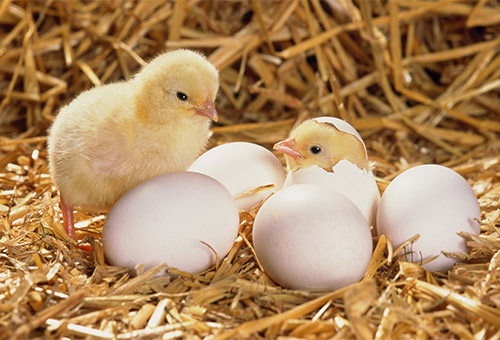For broiler breeding, most farmers now use broiler cages for breeding. The use of broiler chicken cages to raise chickens is more conducive to the management of the chickens by the farmers, and it is also more conducive to the rapid growth of the chickens. However, if the farmers do not use scientific and reasonable breeding methods to raise chickens, it will be difficult for the chickens to grow well. Today, I will give a detailed account of several key breeding points that farmers should pay attention to when using broiler cages to raise chickens.
1. Group the chickens
When the three-dimensional broiler cages are used to raise chickens, they usually use whole sports chicks. When the density of chicks is too large, group them in a timely manner to ensure that the weight of the chicks is even. The first grouping is usually 12-16 days old. The grouping is too early. It is easy to drill through the gaps in the growing cage, and it will cause a waste of space and energy. The second grouping, at 25-28 days of age, this time grouping should place the heavier healthy parts in the lower layer, leaving the weak young. In summer, because the temperature is too high, grouping can be carried out in advance. In winter, the temperature is cold and the temperature difference between the upper and lower cages is large. You can appropriately delay the time of cage division, and put one more in the lower cage to reduce the temperature difference between the upper and lower cages.

2. Control of temperature
When the temperature outside the chicken house is lower, the temperature difference between each layer is greater. Under normal circumstances, brooding are placed on the highest level, because the highest level has a higher temperature, which is conducive to saving heat. On the first day the chicks enter the farm, the temperature should be controlled at 33-34°C, which can also be adjusted according to the state of the chicks. When the temperature is right, the chickens are evenly distributed, lively, and have a strong appetite. When the temperature becomes low, shrink the neck and bow back and concentrate on the heat source. Squeezing each other, their bodies tremble. When the temperature is too high, water consumption increases, appetite decreases, breathing speeds up, and there is water in neck feathers. In the first week, the temperature dropped to 30°C, and then dropped by 2°C every week thereafter. The use of chicken cages to raise chickens has a high density, which is 1 to 2°C lower than the normal temperature. It is necessary to avoid the phenomenon of heat stress in the flock that causes a decrease in feed intake.
3. Disinfect the chicken house
The chicken house should be thoroughly cleaned and disinfected 5 days before the chicks are put into the house. Here, the farmers need to pay attention to avoid using caustic soda and other corrosive disinfectants for disinfection. After the chicks are in the house, the ground is cleaned every day, and the chickens are disinfected every other day.
4. Drinking water for chickens
After the chicks are placed in the house, it is necessary to ensure that they can drink clean and sanitary water within 2 hours. For the first time the chicks drink water, use warm water at 25°C, add 5% glucose and 0.1% vitamin C to the water, and rinse the drinking fountain frequently. Drinking water should not be interrupted throughout the brooding period. From the second day of brooding, add drugs to prevent pullorum in the drinking water.
The above is the summary to the farmers today, in the process of using broiler feeding cages to raise chickens in Uganda, the main points for the management of chicken flocks. I hope that through today's description, farmers can pay more attention to these points in their future breeding work.
